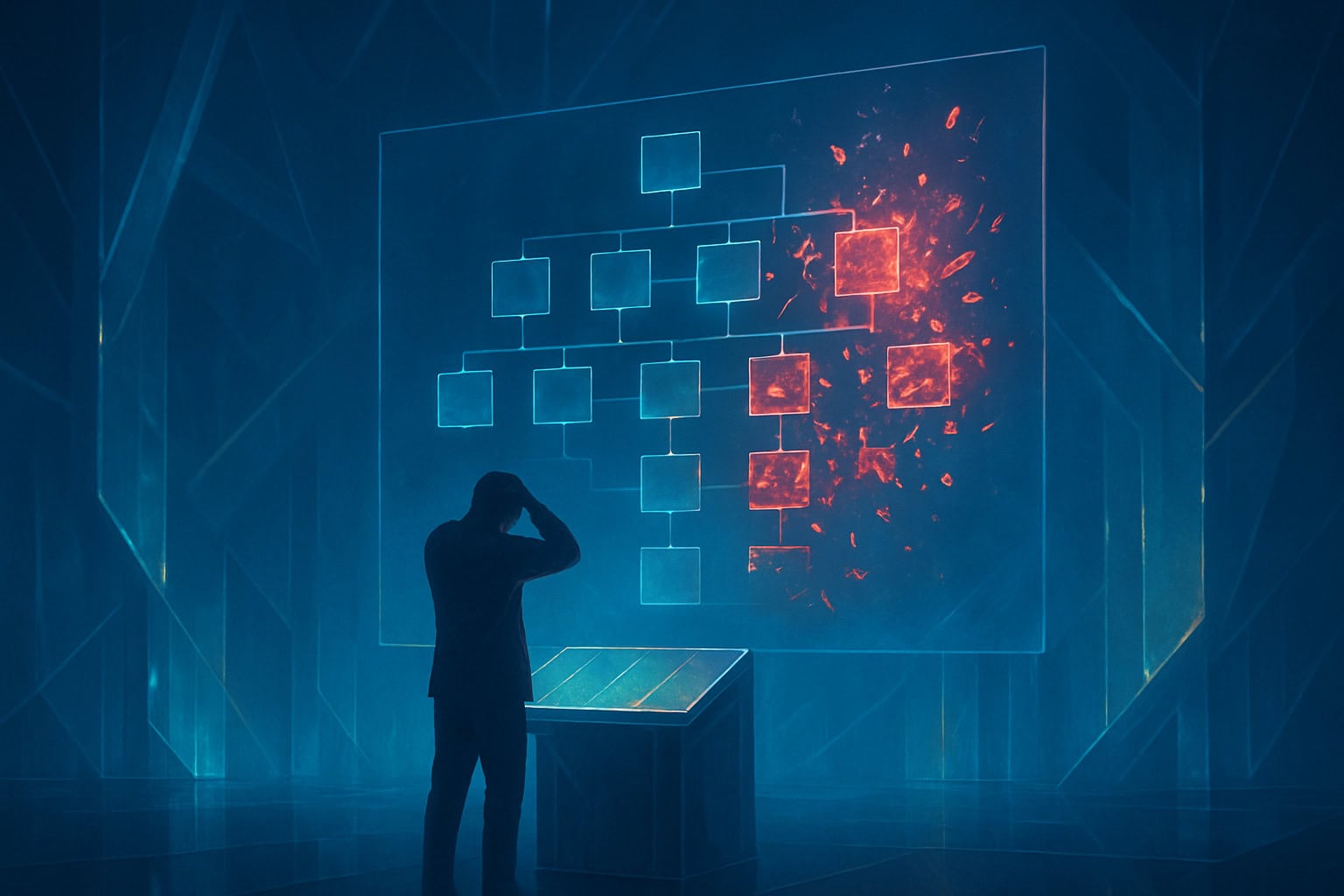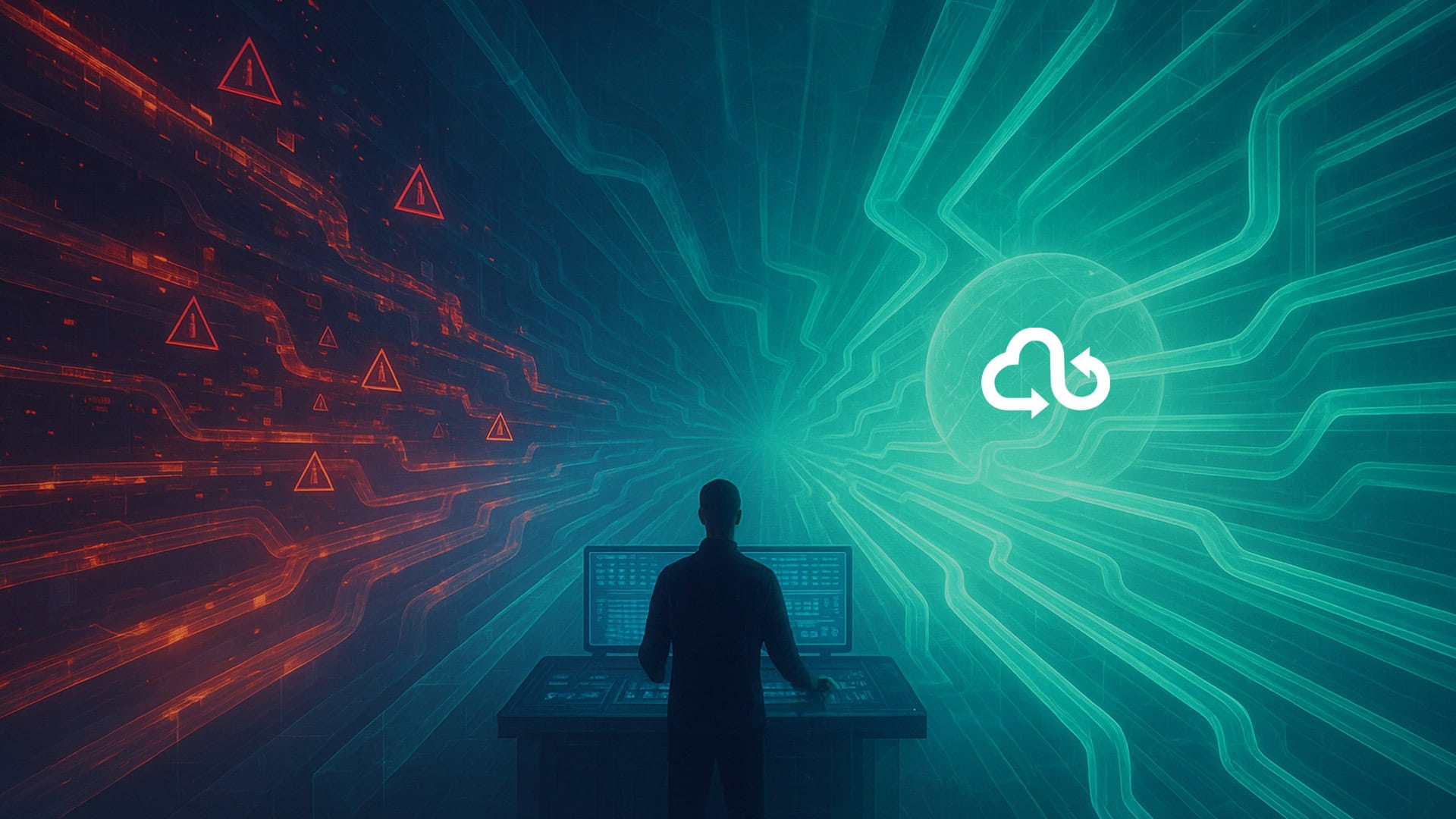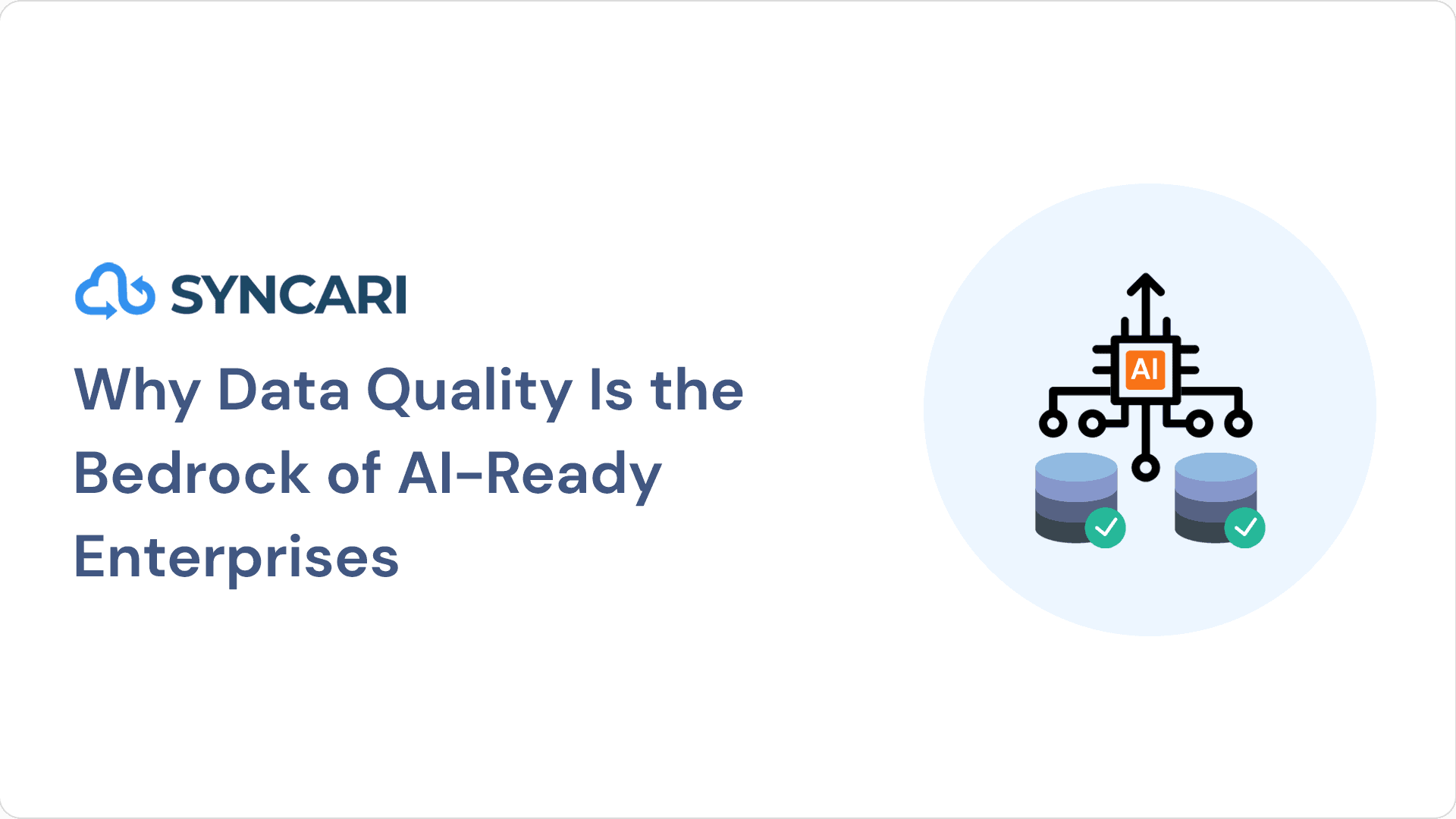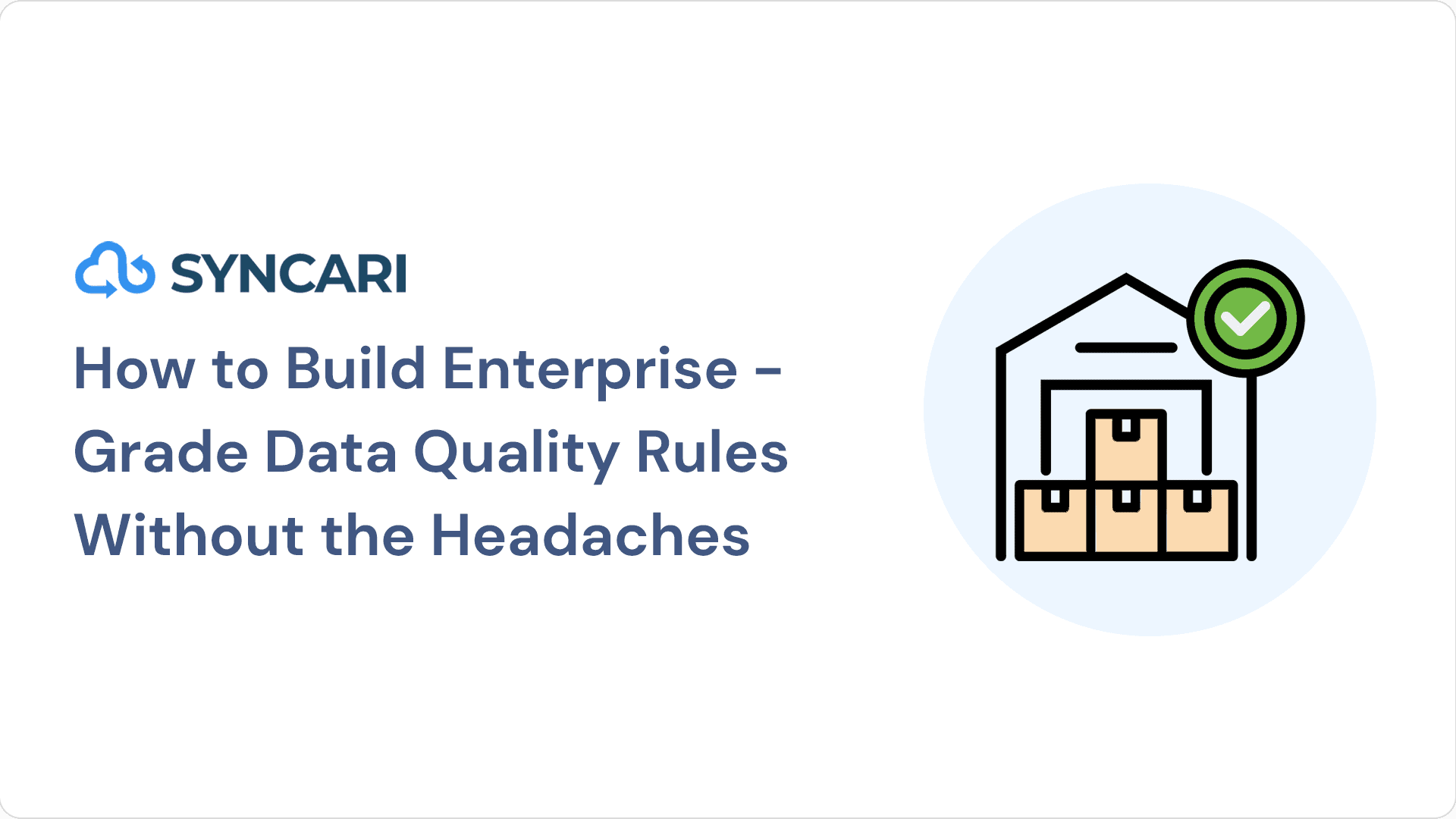TL;DR:
In 2025, multi-agent AI systems are redefining how enterprises automate operations. Instead of isolated AI tools, businesses are deploying collaborative networks of AI agents that reason, act, and coordinate across CRMs, ERPs, and data warehouses in real time.
But without unified, governed, real-time data, these agents fail—leading to conflicting outputs, model drift, and compliance risks. Syncari’s Agentic MDM™ provides the foundation these intelligent systems need:
- Real-time data sync across platforms
- Curated, conflict-free master records
- Embedded governance and observability
- MCP-compatible context sharing for agent orchestration
The Rise of Multi-agent AI Systems in Business Operations
The future of enterprise automation isn’t just artificial intelligence. It’s AI working with AI — intelligently, collaboratively, and in real time.
Welcome to the era of multi-agent AI systems.
These aren’t theoretical constructs or sci-fi dreams. As of 2025, enterprises are beginning to deploy AI agents at scale—systems of intelligent agents that can reason, act, and coordinate across departments, platforms, and goals.
From streamlining customer support to accelerating revenue operations and automating risk management, multi-agent systems (MAS) are emerging as the architecture of choice for AI-native enterprises.
But why now? And what does it take to make them work?
Why Multi-agent Systems Are Gaining Traction in the Enterprise
1. AI Alone Isn’t Enough Anymore
Point solutions—LLMs in chatbots or embedded in workflows—can’t handle enterprise complexity. Real operations require agents that can collaborate, delegate, and reason about context across systems.
One agent scheduling a meeting? Easy.
Ten agents orchestrating a supply chain? That’s the future.
2. Platforms Are Catching Up
With launches like Google’s Agent Builder, OpenAI’s Agents SDK, and Amazon Bedrock updates, building and deploying multi-agent systems has never been easier.
Frameworks like LangGraph and CrewAI are enabling agent orchestration and memory management, while protocols like MCP (Model Context Protocol) are emerging to standardize how agents share and consume context.
3. Businesses Are Ready to Automate End-to-End
Enterprises are under pressure to automate not just tasks, but outcomes. This means AI must go beyond predictions and into execution—autonomously coordinating across CRMs, ERPs, data warehouses, and more.
What Is a Multi-agent AI System?
A multi-agent system is a network of autonomous AI agents, each with its own objective, tools, and decision-making capabilities, working together toward a shared business goal.
Key components include:
- Task-specific agents (e.g., a lead scoring agent, a billing agent, a contract review agent)
- Coordination logic (to handle agent delegation and sequencing)
- Shared context (so agents act with consistency and accuracy)
- Governance and monitoring (to ensure agents follow policy and stay within scope)
These agents can reason, communicate, and adapt based on evolving business signals—making them far more dynamic than static workflows or RPA bots.
Real-World Use Cases for Multi-agent Systems
✅ Revenue Operations
Agents handle lead routing, enrichment, scoring, and follow-up sequencing—syncing with Salesforce and marketing systems in real time.
✅ Customer Support
One agent triages inbound requests. Another retrieves entitlements. A third drafts a resolution. All working with the same context and governance.
✅ Finance and Procurement
Agents monitor budgets, approve thresholds, negotiate vendor terms, and update NetSuite—all without human intervention.
The Challenge: Without Unified, Trusted Data—Agents Fail
For all their promise, multi-agent systems are only as smart as the data they act on. Without a common, governed data layer, you get:
- Conflicting records across agents
- Decisions based on outdated snapshots
- Compliance violations and data leakage
- Hallucinations and model drift
Multi-agent execution without shared, explainable, real-time context leads to chaos—not intelligence.
Why Syncari Agentic MDM™ Is Built for the Agentic Era
Syncari provides the connected, curated, and controlled foundation that multi-agent systems need to succeed:
Real-Time Synchronization
Keep systems like Salesforce, Snowflake, and Workday in sync so agents always act on the most current data.
Curated Master Records
Resolve duplicates, harmonize hierarchies, and give every agent access to the same single source of truth.
Governance by Default
Built-in lineage, access control, and policies ensure agents operate within clear, auditable boundaries.
MCP-Compatible Context Delivery
With native support for the Model Context Protocol (MCP), Syncari lets agents request structured, scoped context dynamically—without brittle API calls or prompt injection workarounds.
The Multi-agent Future Requires a Smarter Foundation
As enterprises move from experimentation to AI-native execution, multi-agent systems will become the operational backbone. But they can’t function without shared, trusted, explainable data flowing across every agent, system, and decision point.
Syncari Agentic MDM™ makes that possible—bridging operational systems and AI agents with governed context at scale.
Ready to Power Your AI Agents with Trusted Data?
Explore how Syncari is helping CIOs, CDAOs, and enterprise architects build the data backbone for intelligent, agentic automation.



